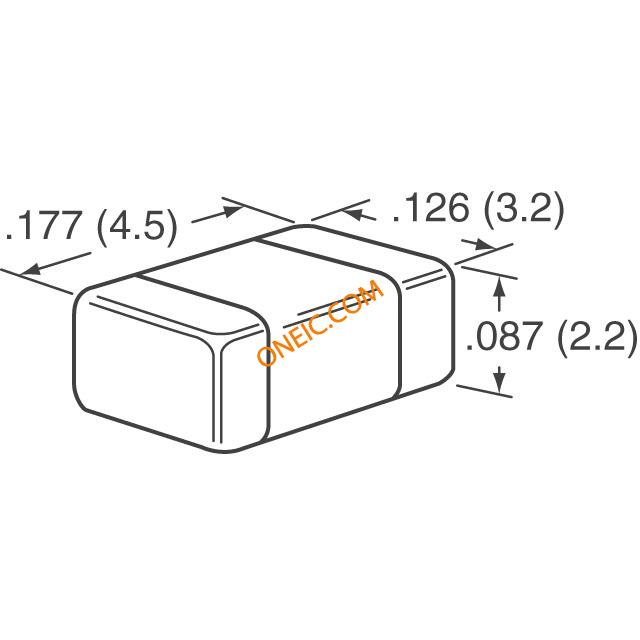C4532Y5V1H106Z
High-capacity multilayer ceramic capacitors for surface-mount applications
Manufacturer: tdk
series introduction
# Introduction to the C4532Y5V1H106Z Product Series
## 1. Overview
The C4532Y5V1H106Z product series belongs to the category of ceramic capacitors. These capacitors play a crucial role in a wide range of electronic circuits, providing essential functions such as energy storage, filtering, coupling, and decoupling. The specific model designation C4532Y5V1H106Z contains a wealth of information about the capacitor's characteristics and specifications.
## 2. Physical Dimensions (C4532)
The "C4532" in the product code typically refers to the physical size of the capacitor. In the industry - standard surface - mount device (SMD) sizing convention, this indicates a particular length and width. Usually, these dimensions are carefully designed to fit into specific printed circuit board (PCB) layouts. The size of the C4532 package allows for relatively easy handling during the PCB assembly process, whether it is through automated pick - and - place machines or manual soldering in some cases. It strikes a balance between providing a sufficient surface area for electrical contact and minimizing the space occupied on the PCB, making it suitable for applications where board real estate is at a premium.
## 3. Dielectric Material (Y5V)
### 3.1 Dielectric Properties
The "Y5V" represents the dielectric material used in the capacitor. Y5V is a type of ceramic dielectric that offers certain advantages and limitations. It has a relatively high dielectric constant, which means that for a given physical size, it can achieve a relatively large capacitance value. This makes it an attractive choice when high capacitance is required in a compact form factor.
### 3.2 Temperature and Voltage Characteristics
However, Y5V dielectric has some drawbacks. Its capacitance value is highly dependent on temperature and voltage. The capacitance can vary significantly over a temperature range of - 30°C to 85°C. Typically, the capacitance change can be as much as ±22% to - 82% within this temperature range. Additionally, as the applied voltage increases, the capacitance value may also decrease. These characteristics need to be carefully considered when designing circuits where stable capacitance is critical.
## 4. Voltage Rating (1H)
The "1H" in the product code indicates the voltage rating of the capacitor. In the capacitor industry, a specific code system is used to represent voltage ratings. For the "1H" code, it typically corresponds to a voltage rating of 50V. This means that the capacitor is designed to operate safely at a maximum DC voltage of 50V. When selecting a capacitor for a particular application, it is essential to ensure that the voltage across the capacitor in the circuit does not exceed this rated value. Exceeding the voltage rating can lead to dielectric breakdown, which may cause the capacitor to fail and potentially damage other components in the circuit.
## 5. Capacitance Value (106)
The "106" in the product code is used to denote the capacitance value of the capacitor. In the standard capacitor marking system, the first two digits (10 in this case) represent the significant figures, and the third digit (6) represents the number of zeros to be added after the significant figures. So, a "106" marking indicates a capacitance value of 10 followed by 6 zeros, which is 10,000,000 picofarads or 10 microfarads (since 1 microfarad = 1,000,000 picofarads). This relatively large capacitance value makes the C4532Y5V1H106Z capacitor suitable for applications such as power supply filtering,
Images for reference

C SERIES_1812_2.2
-22.jpg)
C Series 1812(4532 Metric) 22

C SERIES_1812_2.2